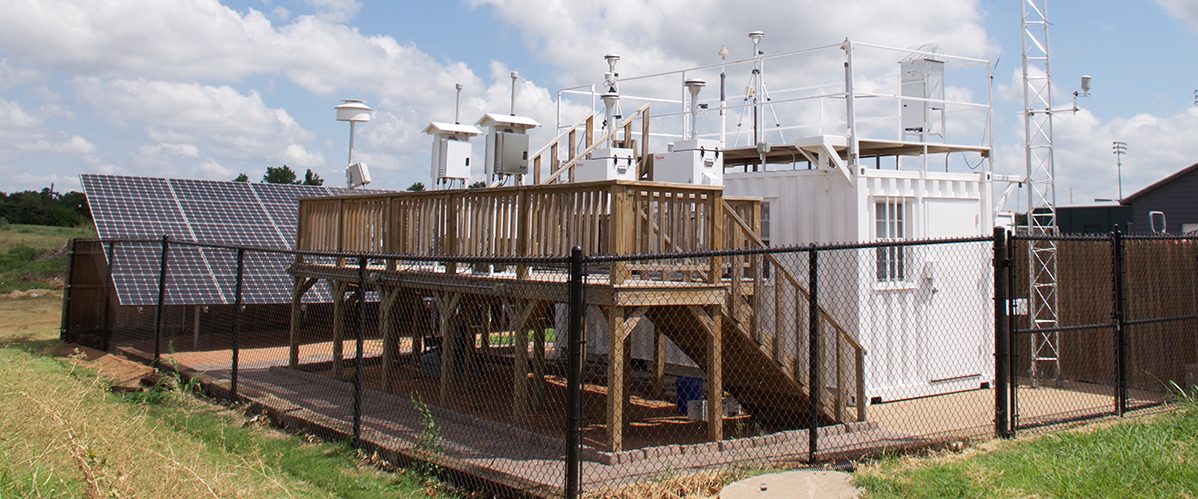
Oklahoma’s Department of Environmental Quality is seeking public comment about the state’s proposed 2023 Air Monitoring Network Plan which includes coverage of the state’s most populated cities, Oklahoma City and Tulsa and less populated cities an rural communities.
The plan will be available for public review and comment through June 19 and according to the DEQ announcement, contains planned changes to the ambient monitoring network.
The Oklahoma DEQ maintains extensive coverage in both Tulsa and Oklahoma City by having sites within the cities, as well as sites placed on the outskirts of the cities in each of the cardinal directions. The ambient air-monitoring network is also designed to help monitor transport from surrounding areas.
Transport monitoring sites are located around the state borders to monitor for both Ozone and PM from surrounding metropolitan areas or local burning for field management into or out of the state.
The plan explained the network coverage includes a variety of sources such as SO2, Ozone, and Particulate Matter (“PM”).
The Oklahoma ambient air-monitoring network
provides coverage for these sources through the metropolitan and rural monitoring sites.

Oklahoma DEQ maintains a list of Toxic Air Contaminants (“TAC”) of concern. When these toxins routinely violate the Maximum Acceptable Ambient Concentration (“MAAC”) an Area of Concern (“AOC”) is designated.
Oklahoma DEQ operates three air toxics sites, one National Air Toxics Trends Station (“NATTS”) in Tulsa, Oklahoma (“TMOK”) and two non-NATTS sites, one in Oklahoma City, Oklahoma (“OCOK”), and one in Tulsa, Oklahoma (“TOOK”).
Oklahoma DEQ just opened a new non-NATTS air toxics short term special study monitoring site in partnership with the Quapaw Nation Environmental Department in Commerce, Oklahoma (“COOK”).
Additionally, Oklahoma DEQ operates four Mercury Deposition Network (“MDN”) sites, OK01, OK04, OK06, OK31 and one National Trends Network (“NTN”) site, OK01.
Primarily, we see many of Oklahoma’s concentrations affected by
temperatures, often increasing in the summer and decreasing in the cooler winter months.
Source: DEQ release




